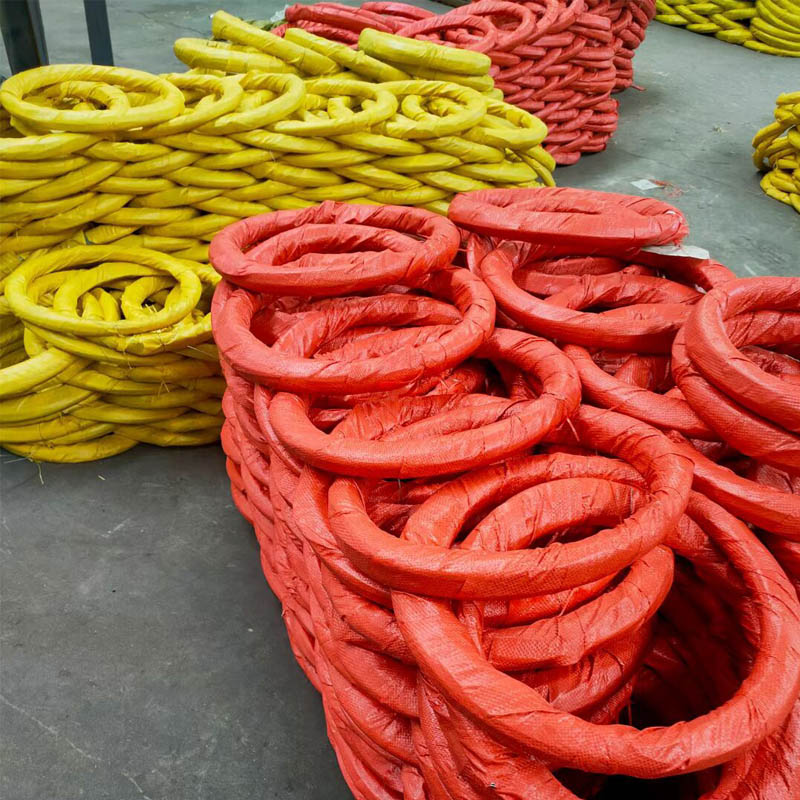
- Mobile Phone
- +8613931874955
- sales@cntcmetal.com
wall brick ties
Understanding Wall Brick Ties Enhancing Structural Integrity
When constructing masonry walls, the importance of ensuring structural integrity and stability cannot be overstated. One critical component that plays a pivotal role in this process is the brick tie. Brick ties, also known as wall ties, are essential fasteners used to secure the brickwork to a supporting structure, typically a building's frame or another masonry wall. Understanding their functionality, types, and installation is crucial for architects, builders, and anyone involved in masonry construction.
Functionality of Brick Ties
The primary function of brick ties is to provide lateral support to brick walls, which are often subject to forces that can cause instability. These ties prevent the brickwork from separating from its supporting structure and resist lateral forces such as wind, seismic activity, and thermal expansion. By ensuring that the brickwork is securely connected to the underlying structure, brick ties help maintain the wall's integrity over time.
In addition to providing structural support, brick ties also assist in accommodating differential movement between the brick and the supporting wall. This is especially important in buildings where materials expand and contract at different rates due to temperature fluctuations. The flexibility of brick ties helps to absorb these movements, minimizing the risk of cracking and other damage to the masonry.
Types of Brick Ties
There are several types of brick ties available, each designed for specific applications and conditions
. Common types include1. Furring Ties Used to attach furring strips to masonry walls, providing a framework for a finished surface.
wall brick ties

2. Lateral Ties These are used to connect brick walls to other structural components, such as steel or timber frames, ensuring stability and resistance to winds.
3. Insulation Ties Designed to connect insulation to parapets or other masonry elements, these ties help maintain thermal efficiency while ensuring structural support.
4. Weep Ties These specialized ties facilitate drainage within the wall system, allowing moisture to escape and preventing water damage.
Installation Considerations
Proper installation of brick ties is crucial for ensuring their effectiveness. Ties should be installed at recommended intervals, typically every 16 inches vertically and 24 inches horizontally, depending on the local building codes and the wall's specific requirements. Moreover, ties should be positioned within the mortar joints to ensure a secure connection without compromising the aesthetic appearance of the brickwork.
Attention to detail during installation is vital. Ties must be properly embedded in the mortar and aligned with the brickwork to ensure full support. Failure to install ties correctly can lead to structural failures, which can be expensive and time-consuming to rectify.
Conclusion
In conclusion, wall brick ties are invaluable components in modern masonry construction, enhancing the stability and durability of brick walls. By understanding their functions, types, and installation practices, construction professionals can ensure safer and more reliable structures. As building techniques and materials continue to evolve, the role of brick ties will undoubtedly remain critical in maintaining the integrity of masonry constructions for years to come. Whether for residential or commercial projects, investing in quality brick ties and adhering to best practices is essential for durable and resilient walls.
share:
-
Why Sacrificial Formwork Is Redefining Underground ConstructionNewsJun.06,2025
-
The Structural Dynamics of Modern Concrete: How Snake Spacers Revolutionize Flexible ReinforcementNewsJun.06,2025
-
Snake Spacers Smart-Lock Concrete Reinforcement with Surgical PrecisionNewsJun.06,2025
-
Snake Spacers: Reinforcement Precision for Modern Concrete ProjectsNewsJun.06,2025
-
Snake Spacers Powering Concrete's Structural DNANewsJun.06,2025
-
Slither into Success: Snake Spacers' Precision Bite for Unbreakable ReinforcementNewsJun.06,2025
-
Sacrificial Formwork: Building Stronger, Faster, and Safer StructuresNewsJun.06,2025



















